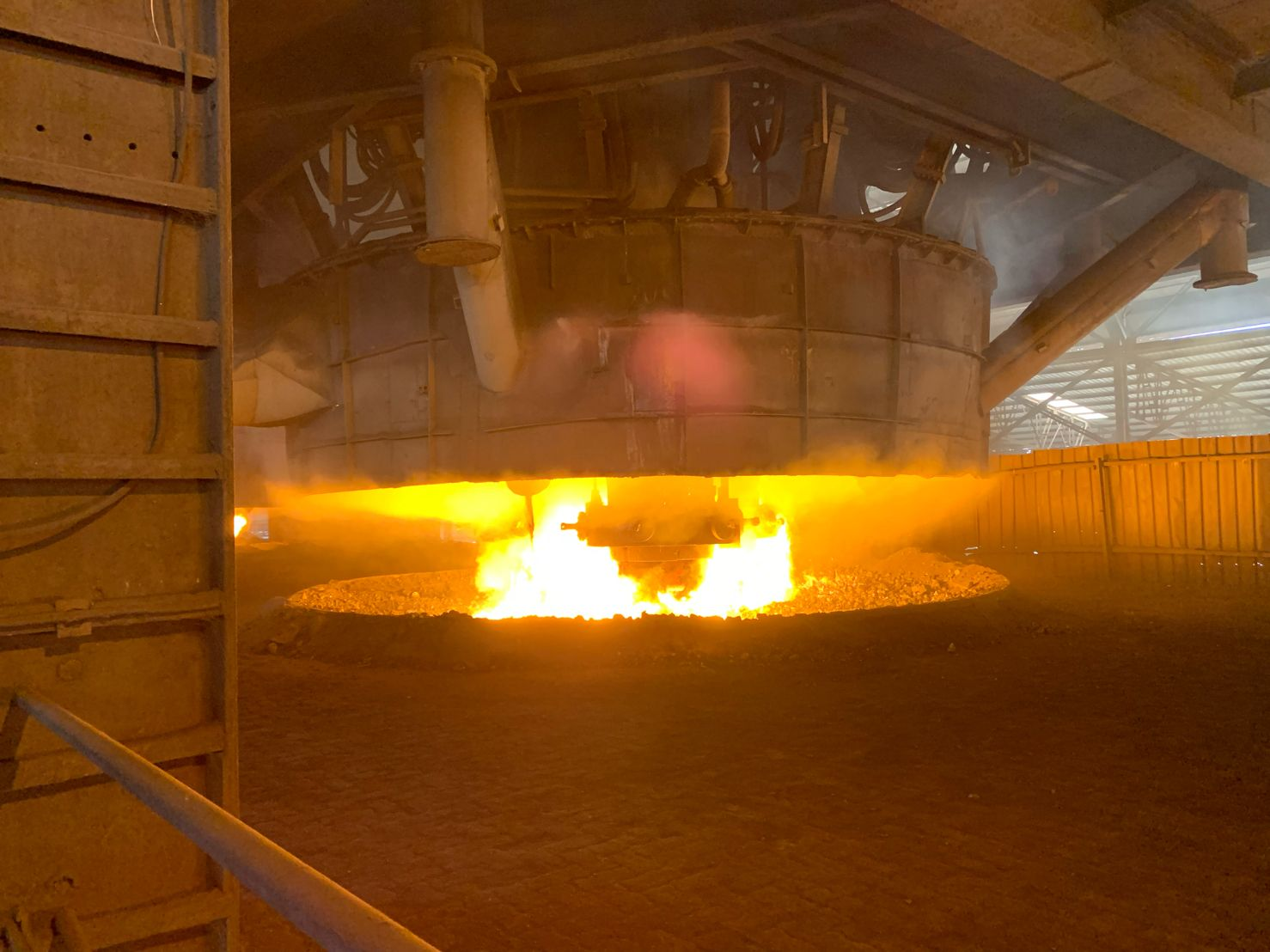Electric arc furnaces Refractory Materials are widely used in the steel industry for producing high-quality steel at a lower cost compared to traditional methods such as open-hearth furnaces. However, the intense heat generated during the EAF process can cause significant damage to the Electric arc furnaces Refractory Materials that line the furnace walls and roof.
This necessitates the development of new and improved refractory materials that can withstand the harsh conditions of the EAF environment.
One of the key challenges in developing Electric arc furnaces Refractory Materials is to find a balance between high thermal shock resistance, low thermal conductivity, and good chemical stability. The refractory materials must be able to withstand the rapid temperature changes that occur during the EAF process without cracking or spalling.
Additionally, they must have a low thermal conductivity to minimize heat loss and reduce energy consumption. Finally, the refractory materials must be chemically stable to prevent reactions with the molten steel or other components in the EAF.
To address these challenges, researchers and manufacturers have developed a variety of refractory materials specifically designed for use in EAFs. Some of the most common types of Electric arc furnaces Refractory Materialsinclude:
- Alumina-based refractories: These materials are composed primarily of aluminum oxide (Al2O3) and are known for their high melting point, good thermal shock resistance, and chemical stability. They are commonly used in the hearth and tundish sections of the EAF.
- Silica-based refractories: These materials are composed primarily of silicon dioxide (SiO2) and are known for their excellent chemical stability and low thermal conductivity. They are commonly used in the slag tapping and ladle refining sections of the EAF.
- Magnesia-based refractories: These materials are composed primarily of magnesium oxide (MgO) and are known for their high melting point and good thermal shock resistance. They are commonly used in the submerged entry nozzle (SEN) and other areas of the EAF where high temperatures are encountered.
- Carbon-based refractories: These materials are composed primarily of carbon and are known for their high thermal conductivity and good chemical stability. They are commonly used in the electrode holding devices and other areas of the EAF where heat transfer is important.
In addition to these traditional refractory materials, researchers are also exploring newer materials such as silicon carbide (SiC), graphite, and ceramic foams for use in EAFs. These materials offer improved thermal shock resistance, lower thermal conductivity, and better chemical stability compared to traditional refractory materials.
Overall, the development of new and improved Electric arc furnaces Refractory Materials has played a crucial role in enabling the widespread adoption of EAFs in the steel industry. Continued research and innovation in this area will be essential to ensure that EAFs remain a cost-effective and environmentally friendly method of producing high-quality steel in the future.

